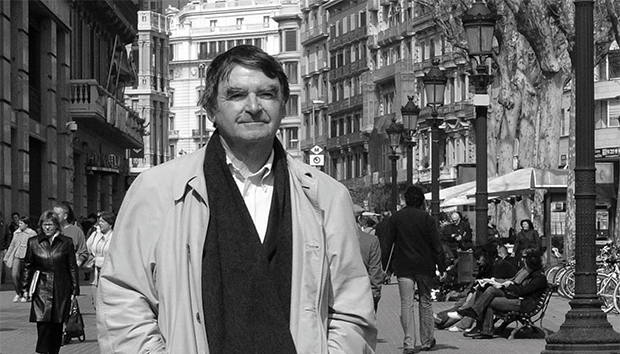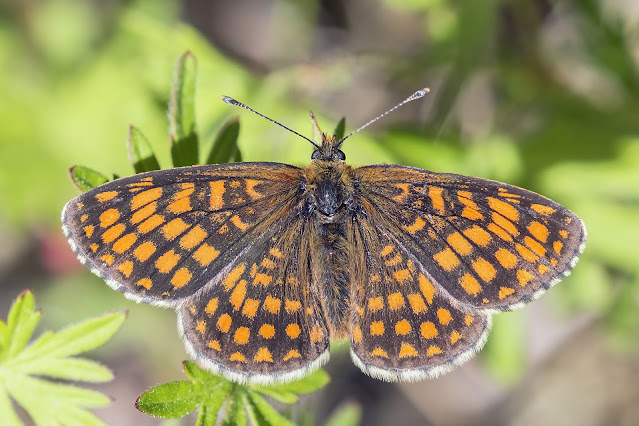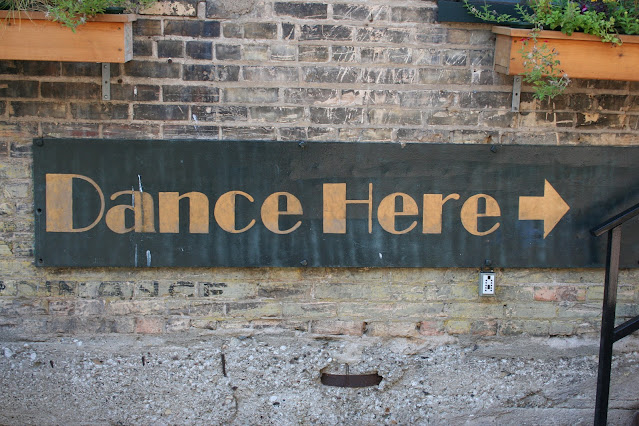It was sad to read last week of the death of David Lodge. He had a significant, if oblique, influence on my life, although needless to say I had no influence on his.
When I was in my early teens and had just started to read ‘grown up’ books (whatever that might mean) I borrowed a copy of The British Museum is Falling Down from the local library. It’s a book about PhD students at London University. At the time I had no idea what people did at universities and if I’d even heard the term PhD I certainly didn’t know what it meant.
However from reading the book I learned that there were people in the world who spent all their days in libraries, reading and writing, while working on a thesis. This came as a huge surprise. It seemed as improbable as the wildest science fiction.
Anyway, I eventually got the hang of that. And a few decades later I was at a literary festival at Dartington College, on a panel with David Lodge. We were in a lecture theatre that had a balcony, and although the balcony wasn’t being used for spectators, about halfway through the event a solitary figure appeared in the empty seats up there. It was Malcolm Bradbury!!
It felt like a visit from a deity and it concentrated the mind no end.
After the event I was standing around talking to Lodge and Bradbury and their partners and one of them (alas I forget which one) said, “Geoff, we’re all going for a walk. Will you come with us?”
And I had to say no, because I’d organized for a friend to come and give me a lift to the place I was staying overnight and I didn’t think I could say to him, just hang on for a couple of hours while I go for a walk with these literary luminaries.
It was one of the greatest walking regrets I’ve ever had.

















































